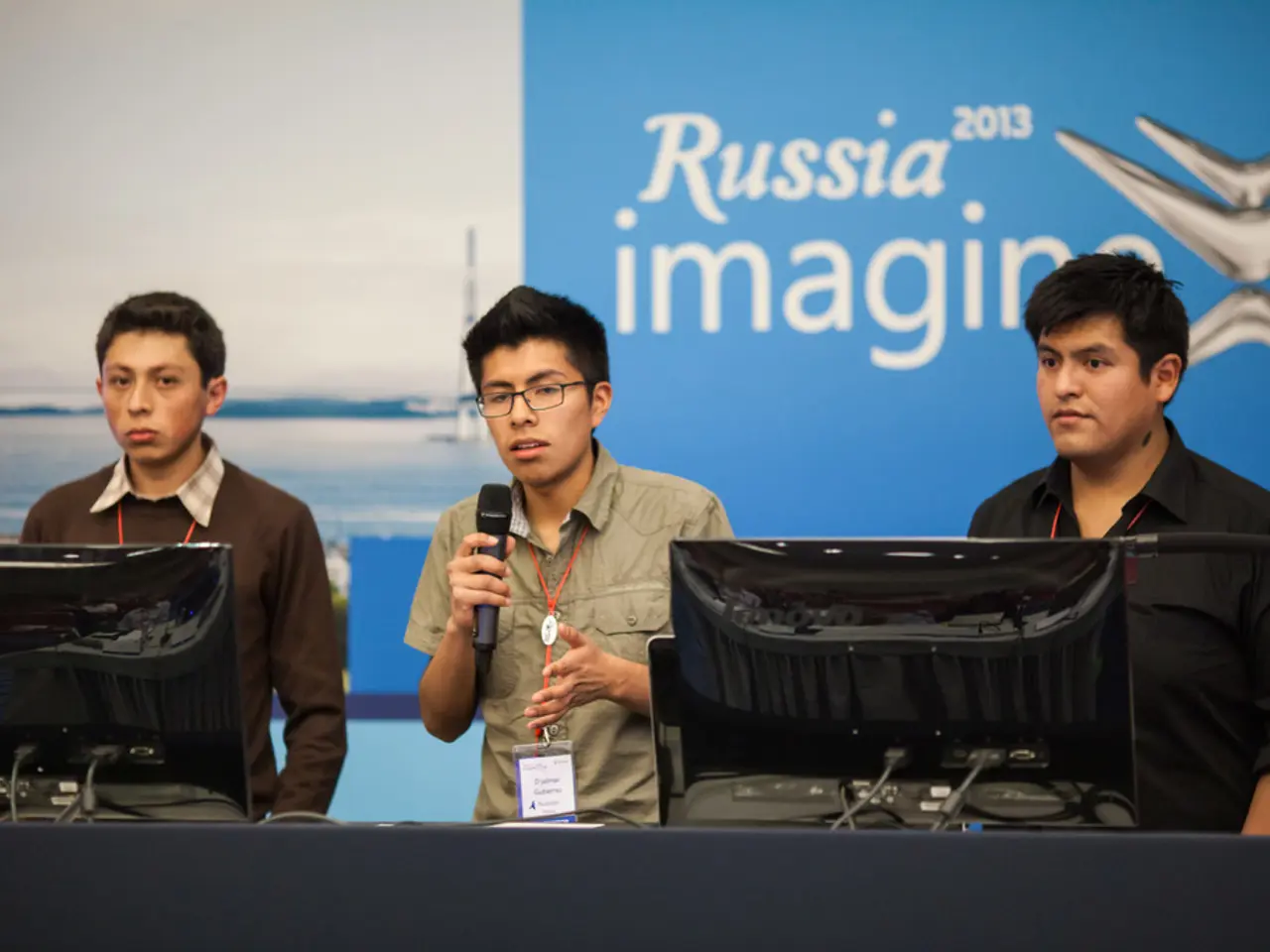China Bolsters Pace in AI Competition
### Title: China's AI Advancements Position it as a Global Leader in Artificial Intelligence
In the rapidly evolving landscape of artificial intelligence (AI), China has emerged as a top-tier global player, rivalling the United States and Europe. This transformation is a result of unprecedented government investment, rapid enterprise adoption, and technological breakthroughs that have created a resilient AI industry capable of competing and sometimes surpassing Western capabilities.
### Market Size and Growth
China's AI sector is projected to reach a market value of $26.7 billion by 2025, an 85% increase from recent levels, illustrating explosive expansion. The Chinese government has committed over $150 billion through 2025 in coordinated investments under programs like the New Generation AI Development Plan.
### Government Support
Significant funding is channeled through the National Natural Science Foundation in China, with major tech companies such as Baidu, Tencent, Alibaba, SenseTime, and iFlytek playing leading roles in specialized AI sectors like facial recognition, speech recognition, and software/hardware integration.
### Innovation and Patents
China is filing AI-related patents at a rate four times that of the U.S., closing the research gap and demonstrating significant innovation capacity. Chinese generative AI models, such as DeepSeek’s R1 and Alibaba’s Qwen3, have achieved performance on par with or surpassing leading Western models despite U.S. chip export restrictions.
### Broad AI Integration
73% of Chinese enterprises have integrated machine learning into core operations, accelerating innovation across industries such as autonomous vehicles, quantum computing, smart cities, agriculture, and manufacturing.
### Comparison with the U.S. and Europe
While the U.S. remains a foundational leader in AI research and private sector innovation, China's advantage lies in scale, state-coordinated planning, and rapid commercialization. Europe, though a significant player, leans more towards ethical governance and regulation rather than sheer market scale or technological breakthroughs.
In essence, as of 2025, China’s AI development is a defining factor in the global technology landscape, intensifying competition with the U.S. and reshaping the innovation frontier. The key challenge for Western democracies is to recalibrate governance, investment, and standards fast enough to maintain influence in the evolving landscape of artificial intelligence.
The rapid expansion of China's AI sector indicates an 85% increase from recent levels, demonstrating the effectiveness of significant government investment and enterprise adoption in the field. China's AI industry, with a market value projected to reach $26.7 billion by 2025, is positioning itself as a competitor and sometimes surpassing Western capabilities, particularly in patents, such as the generative AI models developed by DeepSeek and Alibaba.




